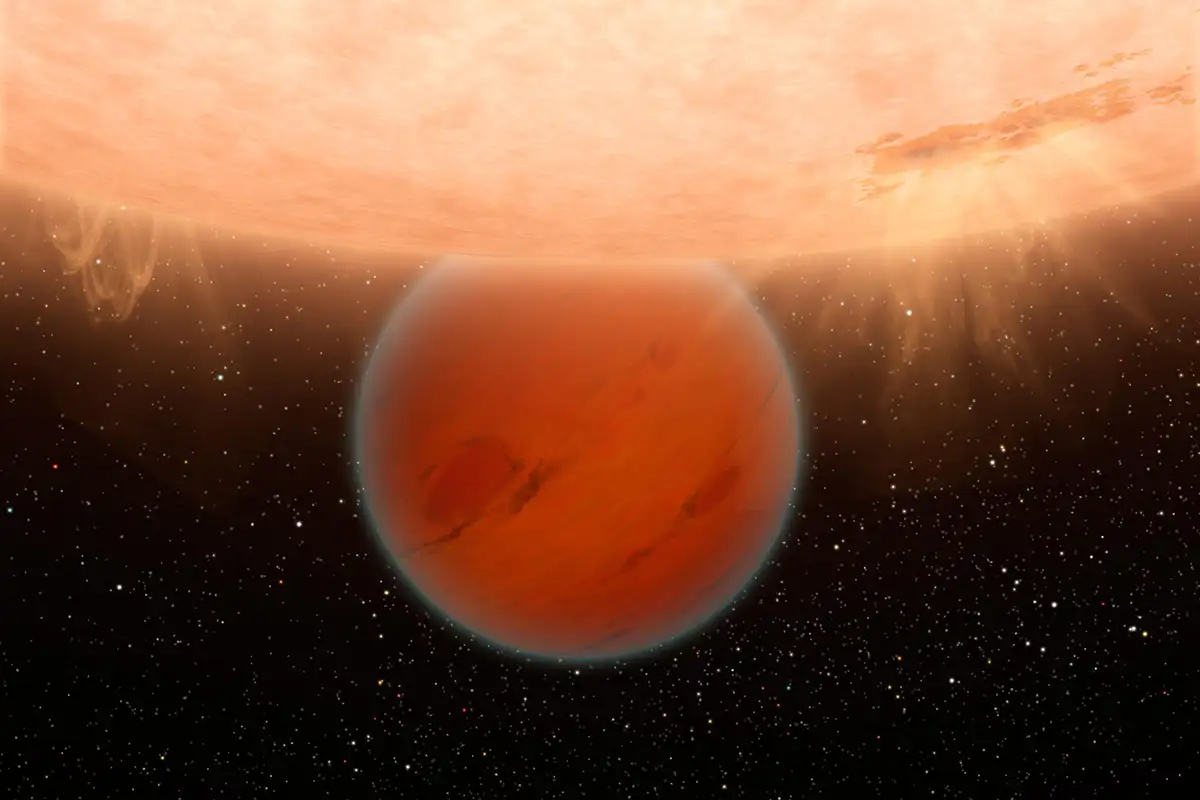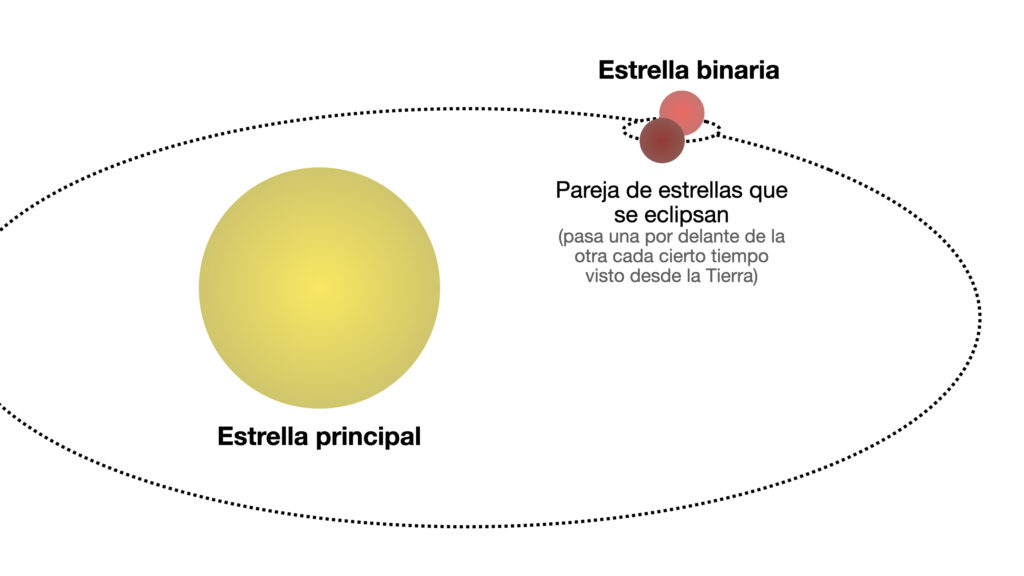A group of Spanish researchers reported the “closure” exoplanet K2-399b. The object, previously thought to be a Neptune-like gas giant, actually turned out to be a pair of cold stars.

K2-399b was discovered while analyzing data collected by the TESS space telescope. It detected periodic dimmings of the Sun-like star that recurred every 18 hours. After analyzing the data, the researchers concluded that the fluctuations in light were caused by the transits of an exoplanet, the radius of which is six and mass — thirty times greater than the Earth. At the same time, they estimated the probability of a false discovery to be only 0.078%.
Of particular interest to the discovery was the fact that the orbit of K2-399b passed at a very small distance from the star in the so-called “desert of Neptunes”. This is the name given to a region near stars where there are almost no Neptune-like exoplanets, only rocky super-Earths and huge Jupiter-like gas giants. It is believed that this is due to the fact that at such a distance, a planet with the mass of Neptune is unable to keep its gas shell from being blown away by its star.
Not surprisingly, a team of Spanish researchers wanted to take a closer look at this world. However, observations made with the CARMENES instrument on the 3.5-meter Calar Alto telescope gave very strange results. After that, the scientists asked colleagues from other countries, who also obtained data on K2-399b, but never published it. Putting the elements of the mosaic together, astronomers quickly concluded that the reality was that K2-399b was not a planet, but a pair of stars that perfectly mimicked it.

The actual configuration of the system is as follows. In an elongated orbit around the system’s main component are a pair of very cold red dwarfs that make one orbit around it in about 2.5 years. In turn, this pair is located at a very small distance from each other: its circulation period is a few days.
Thus, the two cool stars constantly eclipsing each other, creating the transits observed by TESS. Announcing the discovery of K2-399b, astronomers did not take into account the possibility of the existence of such a rare configuration and thought they were observing an exoplanet. But in reality, we are facing a pair of eclipsing stars moving against the background of a brighter star. According to the researchers, this “closure” clearly demonstrates how important it is to complement space telescope data with ground-based observations.
You can also read about a recently discovered exoplanet that should be dead soon.
According to caha.es


